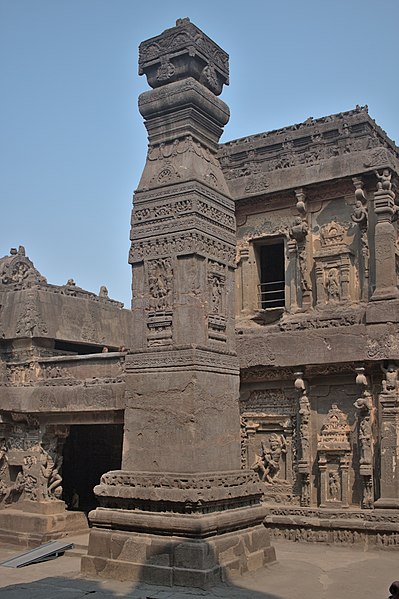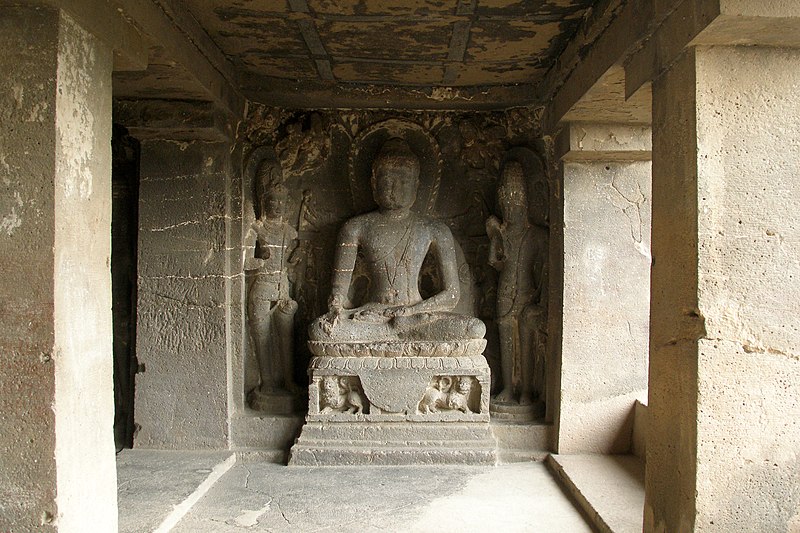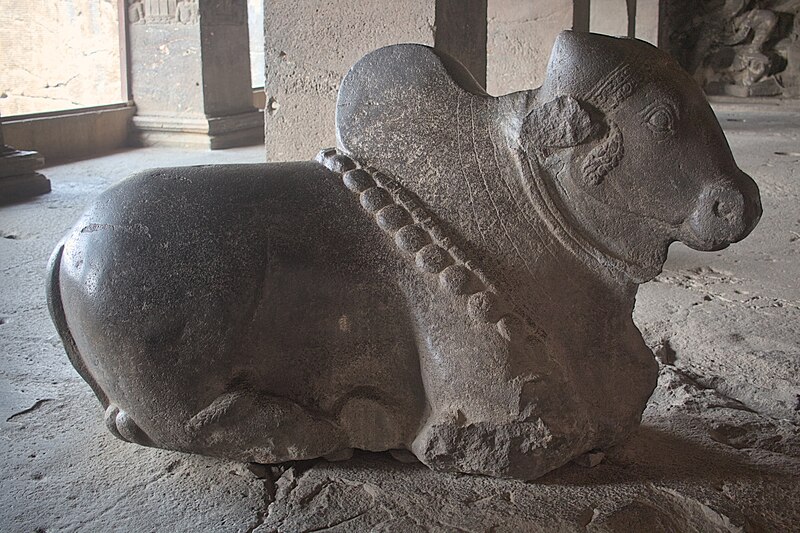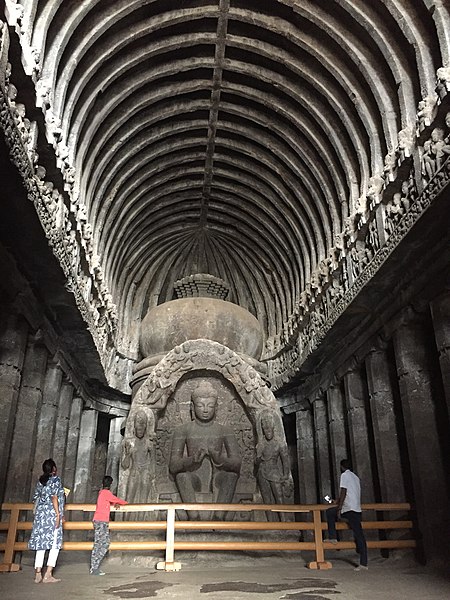Ellora Caves, located in Maharashtra, India, stand as a testament to the architectural brilliance and cultural richness of ancient India. This UNESCO World Heritage Site is a mesmerizing complex of rock-cut caves, each telling a story of religious devotion, artistic mastery, and historical significance. Let’s delve into the captivating history, the architectural marvels, and essential travel information surrounding Ellora Caves.
“The builders of Ellora Caves, spanning Hindu, Buddhist, and Jain traditions, left behind a remarkable legacy of religious devotion, artistic excellence, and architectural innovation.”
Their contributions continue to inspire awe and admiration among visitors from around the world, making Ellora Caves one of the most cherished heritage sites in India.

History of Ellora Caves:
The Ellora Caves date back to between the 5th and 10th centuries AD. They were meticulously carved out of solid rock by skilled artisans and craftsmen belonging to different religious communities. These caves represent a harmonious blend of Hindu, Buddhist, and Jain faiths, reflecting the religious tolerance and cultural diversity prevalent during ancient times.

Builders of Ellora Caves:
The Ellora Caves were primarily built by three major religious groups – Hindu, Buddhist, and Jain. The Hindu caves (Caves 13 to 29) were constructed during the Rashtrakuta dynasty, primarily under the patronage of Krishna I and his descendants. The Buddhist caves (Caves 1 to 12) date back to the 5th to 7th centuries AD, during the reign of the Kalachuri and Chalukya dynasties. The Jain caves (Caves 30 to 34) were built later, around the 9th and 10th centuries AD, under the patronage of the Rashtrakutas and Yadavas.
“The Jain caves (Caves 30 to 34) were built later, around the 9th and 10th centuries AD, under the patronage of the Rashtrakutas and Yadavas.”
How to Get There:
Ellora Caves are conveniently located approximately 30 kilometers from the city of Aurangabad in Maharashtra, India. Aurangabad is well-connected by air, rail, and road networks. Visitors can fly into Aurangabad Airport, which is served by domestic flights from major cities like Mumbai, Delhi, and Hyderabad. From Aurangabad, tourists can hire taxis or take public buses to reach Ellora Caves.

Best Time to Visit:
The ideal time to explore Ellora Caves is during the winter season, from November to February, when the weather is pleasant and cool. Avoid visiting during the monsoon season (June to September) as the caves may become slippery and difficult to navigate due to heavy rainfall. Summers (March to May) can be hot and uncomfortable, so it’s best to plan your visit during the cooler months.

Places of Nearby Interest:
- Ajanta Caves: Just a few hours’ drive from Ellora, the Ajanta Caves are another UNESCO World Heritage Site renowned for their exquisite Buddhist cave temples and ancient frescoes.
- Daulatabad Fort: Explore the historic Daulatabad Fort, located about 15 kilometers from Ellora. This majestic fortress offers panoramic views of the surrounding landscape and showcases fine examples of medieval Indian military architecture.
- Bibi Ka Maqbara: Often referred to as the “Taj of the Deccan,” Bibi Ka Maqbara is a beautiful mausoleum located in Aurangabad. Built in the 17th century, it bears a striking resemblance to the iconic Taj Mahal and is a popular tourist attraction.
Hotels Near Ellora Caves:
Aurangabad offers a wide range of accommodation options to suit every budget and preference. From luxury hotels and resorts to budget guesthouses and homestays, travelers can find comfortable lodging near Ellora Caves. Some recommended hotels include The Gateway Hotel Aurangabad, Lemon Tree Hotel Aurangabad, and Welcome Hotel Rama International.



